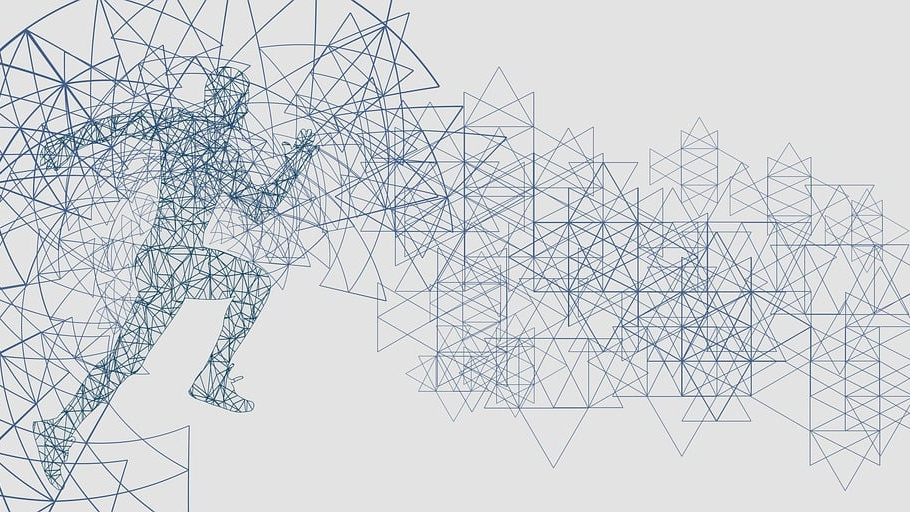Digital Transformation
Slovenia’s Pioneering Path in Data-Driven Healthcare: A Global Blueprint?
Barbara Matijašič
JOURNALIST AT THE ADRIATIC
In the era of digital transformation healthcare is changing swiftly, with patient expectations shaped by experiences in other sectors. Slovenia has set itself an ambitious goal to meet those expectations by 2027 with an e-health strategy that has placed the patient at the centre of the healthcare system.
Slovenia is in a good position to meet the goal, says Elina Drakvik, senior lead at Finnish Innovation Fund Sitra/TEHDAS.
»Slovenia was an early adopter of e-health and almost all health data is digitized«, she notes. »It is clear that Slovenia has made significant advances in accelerating and integrating the use of digital technologies in healthcare, and the Slovenian eHealth Strategy from 2022 identifies key issues for continuing this development and reaching towards excellence.”
The strategy involves reshaping processes, optimizing data use, enforcing robust governance, and ensuring inclusivity. It aspires to make eHealth one of the most efficient, user-focused, and sustainable digital health systems in the European Union. Some of it’s key objectives include:
Better health of the population: Ensure that healthcare initiatives and data-driven decisions lead to positive health outcomes.
Responsive, successful, and stable health system: Build a health system that can flexibly adapt to the evolving needs of the population, ensuring that healthcare services remain effective and reliable.
Higher user satisfaction: Improve satisfaction levels among those delivering and receiving health services.
Fairness in financial contribution: Ensure that access to quality healthcare services is fair and accessible to all.
Implementation is crucial
Successful implementation of digital technologies is, of course, crucial and involves various stakeholders playing vital roles, Drakvik remarks. She adds, however, that Slovenia’s e-health system has strong foundation to build on and can also support integrations with health systems beyond its borders.
“Slovenia has a well-developed health information system with a strong technical infrastructure to support the future implementation of the European Health Data Space«, Drakvik concludes.

Global insights
Slovenia’s journey towards data-driven healthcare is part of a broader global movement. By learning from successful implementations worldwide and leveraging its strengths, Slovenia is poised to become an innovator in healthcare, offering improved outcomes, enhanced patient experiences, and an efficient and sustainable healthcare system for its citizens. Cases below1 serve as compelling evidence of the potential that lies ahead for the country, given its already promising trajectory in data management.
Over 180 countries have shared genomic sequences of COVID-19 variants on the GISAID platform. To date 2 million genomes have been catalogued. The platform is the most trusted for data sharing of COVID-19 genome data, with African and South American scientific contributions to the platform more than doubling between January – April 2021. Data has been used to assess vaccines and diagnostic medical devices.
Clinical trials data created using standardized data models and clear data governance processes such as creation of a data dictionary reduced the estimated costs of data sharing by 50% (from 3K to 2K in this study). You can find more information – here.
Researchers from the Behavioral Diabetes Institute and the Scripps Whittier Diabetes Institute examined caregivers’ experiences with real-time continuous glucose monitoring data sharing and its impact on quality of life and health outcomes for patients with type 1 diabetes. Most agreed that data sharing improved their quality of life by giving them peace of mind (88.4% parents; 87.7% partners), contributing to lowering their anxiety (84.8% parents; 86.3% partners), and helping them feel confident about their ability to help their child/partner (92.1% parents; 94.3% partners). You can find more information – here.








